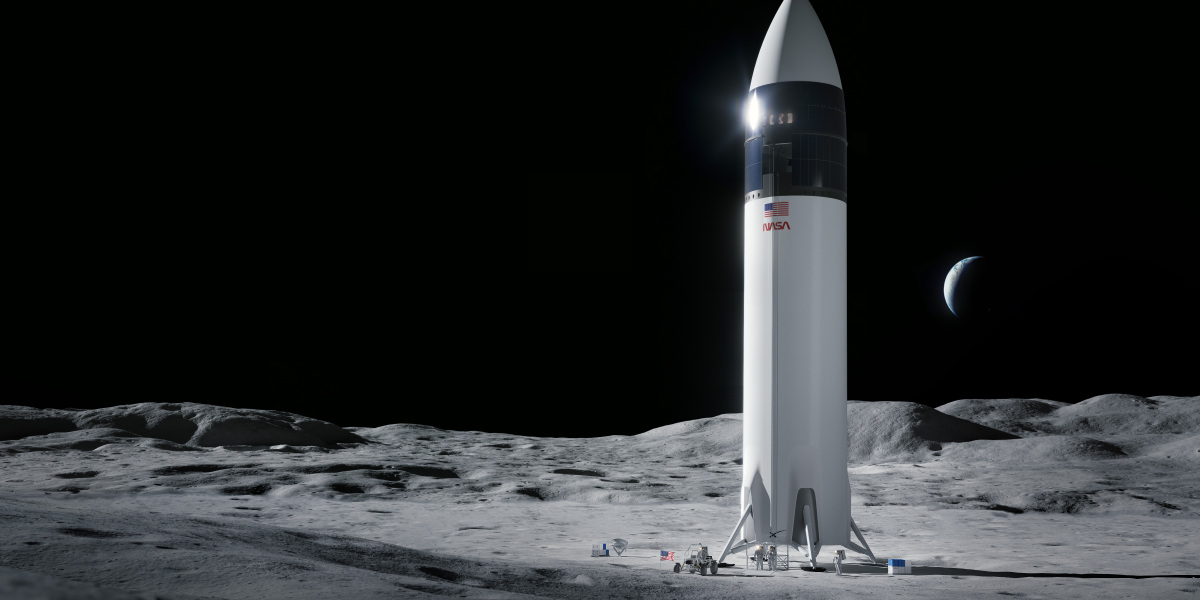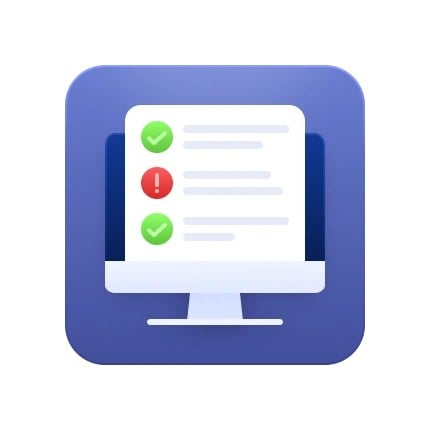
Surprising selection: Last year, NASA awarded three different groups contracts to further develop their own proposals for lunar landers: $135 million to SpaceX, $253 million to defense company Dynetics (which was working with Sierra Nevada Corporation), and $579 million to a four-company team led by Blue Origin (working with Northrop Grumman, Lockheed Martin, and Draper).
SpaceX didn’t just receive the least amount of money—its proposal also earned the worst technical and management ratings. NASA’s associate administrator (now acting administrator) Steve Jurczyk wrote (pdf) that Starship’s propulsion system was “notably complex and comprised of likewise complex individual subsystems that have yet to be developed, tested, and certified with very little schedule margin to accommodate delays.” The uncertainties were only exacerbated by SpaceX’s notoriously poor track record with meeting deadlines.
What changed: Since then, SpaceX has gone through a number of different flight tests of several full-scale Starship prototypes, including a 10-kilometer high-altitude flight and safe landing in March. (It also exploded a few times.) According to the Washington Post, documents suggest NASA was enamored with Starship’s ability to ferry a lot of cargo to the moon (up to 100 tons), not to mention its $2.9 billion bid for the contract, which was far lower than its rivals’.
“This innovative human landing system will be a hallmark in spaceflight history,” says Lisa Watson-Morgan, NASA’s program manager for the lunar lander system. “We’re confident in NASA’s partnership with SpaceX.”
What this means: For SpaceX’s rivals, it’s a devastating blow—especially to Blue Origin. The company, founded by Jeff Bezos, had unveiled its Blue Moon lander concept in 2019 and has publicly campaigned for NASA to select it for future lunar missions. Blue Moon was arguably the most well-developed of the three proposals when NASA awarded its first round of contracts.
For SpaceX, it’s a big vote of confidence in Starship as a crucial piece of technology for the next generation of space exploration. It comes less than a year after the company’s Crew Dragon vehicle was certified as the only American spacecraft capable of taking NASA astronauts to space. And it seems to confirm that the SpaceX is now NASA’s biggest private partner, supplanting veteran firms like Northrop Grumman and shunting newer ones like Blue Origin further to the sidelines. However, there’s at least one major hurdle: Starship needs to launch using a Super Heavy rocket—a design that SpaceX has yet to fly.
For NASA, the biggest implication is that SpaceX’s vehicles will only continue to play a bigger role for Artemis, the lunar exploration program being touted as the successor to Apollo. Former president Donald Trump’s directive for NASA to return astronauts to the moon by 2024 was never actually going to be realized, but the selection of a single human lander concept suggests NASA may not miss that deadline by much. The first Artemis missions will use Orion, and the long-delayed Space Launch System rocket is expected to be ready soon.





